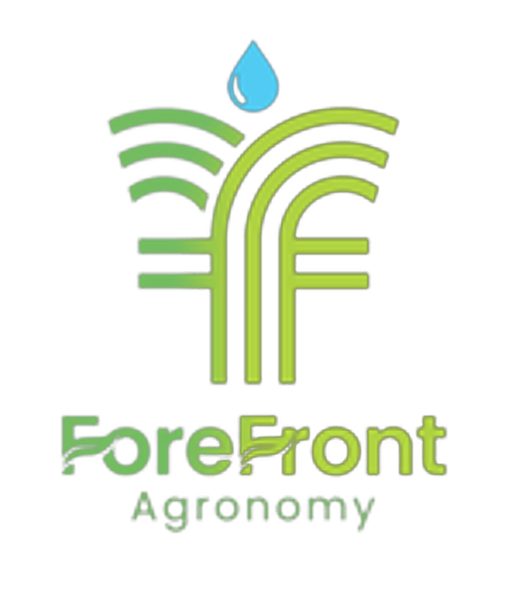Weather Patterns and Maximizing Input ROI for the Upcoming Season
Understanding the Weather Patterns Ahead
As we gear up for the upcoming growing season in West Texas, understanding weather trends is key to making informed management decisions. Recent patterns suggest we are going to be dry well into the planting season with higher chances of monsoonal flow in June-August. Honestly I can handle dry starts as long as cooler and wetter weather dominates that 2nd half of the season. These conditions will directly impact planting dates, irrigation management, and fertility strategies.
In years of limited moisture, every seed, drop of water and pound of fertilizer must work as efficiently as possible. Although not an exact science knowing what to expect from Mother Nature helps us adapt our management for the best possible yields.
Soil & Tissue Sampling: The Foundation of Smart Input Management
With input costs still a major concern, it’s tempting to look for ways to cut expenses. However, the best approach isn’t just spending less it’s spending smarter. Soil and tissue sampling are two of the most powerful tools we have for maximizing profitability while managing costs.
Soil Sampling: Knowing your soils nutrient levels allows for precise fertilizer applications, reducing waste and ensuring crops have what they need when they need it. Even more important than the amount detected in the soil but the relationship each nutrient has to other nutrients to keep fertility in balance is the key to success and what we devote endless hours to understanding in our business.
Tissue Sampling: Regular plant tissue testing during the season helps fine-tune fertility programs, identifying deficiencies before they impact yield. This allows for timely foliar or fertigation adjustments that can keep the crop on track. With the current situation, there will not be much proactive fertility done early but more adjusting to the crop throughout the growing season. Having the right timely information to build these strategies on will help you take advantage of optimizing these nutrients in real time.
Skipping these steps may seem like a cost-saving measure, but it often leads to over-applying in some areas and under-applying in others wasting dollars and limiting yield potential.
Maximizing ROI on Every Input: Seed, Fertilizer & Water
Rather than cutting costs across the board, our focus should be on maximizing the return on investment (ROI) for every input from seed to fertilizer to irrigation.
Seed Selection & Placement: Matching hybrids and varieties to specific field conditions and management practices ensures that genetics work to their full potential. Variable rate seeding can also optimize plant populations for soil productivity zones.
Fertilizer Efficiency: Strategic applications based on soil tests, tissue samples, and in-season monitoring ensure
dollars are spent where they generate the most yield. Balanced fertility and focusing on improving Carbon levels in the soil pay off for years to come. Technologies used by ForeFront Agronomy - Agronomy365 and Sentinel Fertigation’s N-Time nitrogen monitoring help make nitrogen applications more precise, improving efficiency and yield potential as well as being able to adjust strategies to crop conditions throughout the growing season. Last year we were able to improve corn nitrogen use efficiency to 0.76lbs N/bu by making adjustments in season and focusing on forms of nitrogen that maximize return.
